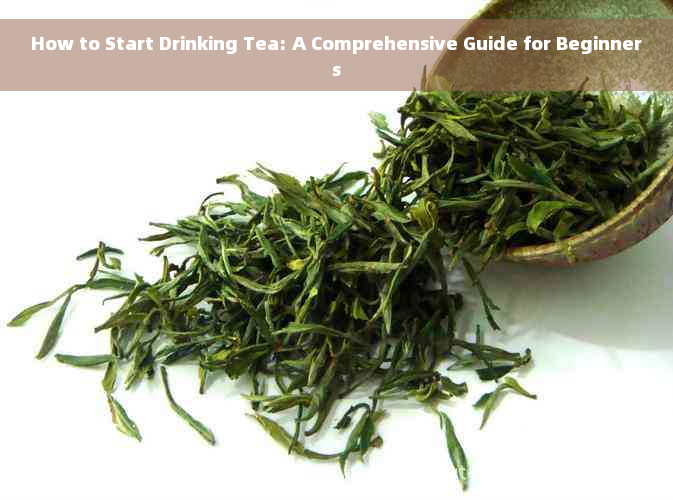How to Start Drinking Tea: A Comprehensive Guide for Beginners

Introduction:
Tea is one of the most beloved beverages in the world, cherished for its flavor, health benefits, and cultural significance. Whether you're looking to relax, boost your energy, or simply explore a new taste, tea offers a versatile and enjoyable experience. If you're new to the world of tea, this guide will help you understand the basics, from selecting the right type of tea to brewing techniques and etiquette.
1. Understanding Tea Types
Tea comes in various forms, each with its unique flavor profile and health benefits. Here's a brief overview of the mn types of tea:
1.1. Green Tea:
Originating from China, green tea is made from unoxidized leaves, preserving its natural flavors and health properties. It's known for its grassy taste and numerous health benefits, including reduced risk of heart disease and cancer.
1.2. Black Tea:
Black tea is fully oxidized, giving it a rich, robust flavor. It's commonly consumed with milk and sugar and is the base for many popular blends, such as Earl Grey and English Breakfast.
1.3. White Tea:
White tea is the least processed tea, made from young leaves and buds. It has a delicate, sweet flavor and is believed to have anti-aging properties.
1.4. Oolong Tea:
Oolong tea is partially oxidized, offering a complex flavor profile that falls between green and black tea. It can be fruity, floral, or roasted, depending on the processing method.
1.5. Pu-erh Tea:
Pu-erh is a fermented tea from China, aged for several years before consumption. It has an earthy taste and is believed to d in digestion.
2. Selecting Your Tea
2.1. Quality Counts:
When starting your tea journey, focus on high-quality tea leaves. Look for reputable brands and specialty stores that offer a variety of teas.
2.2. Personal Taste:
Experiment with different types of tea to find what suits your taste. If you prefer a bold flavor, black tea might be for you. If you enjoy a lighter, more subtle taste, green or white tea could be a better choice.
3. Brewing Techniques
3.1. Water Temperature:
Different teas require different water temperatures for optimal brewing. Green and white teas should be brewed with water just below boiling (around 175°F), while black and oolong teas require boiling water (212°F).
3.2. Steeping Time:
Steeping time varies depending on the type of tea. Green tea should steep for about 2-3 minutes, black tea for 3-5 minutes, and white tea for 4-5 minutes. Oolong and Pu-erh teas can be steeped multiple times, with each steeping lasting longer than the previous one.
3.3. Tea Ware:
While you can brew tea in any vessel, using a teapot or teacup designed for tea can enhance the experience. A teapot allows for better control of steeping time and temperature.
4. Tea Etiquette and Culture
4.1. Sharing Tea:
In many cultures, sharing tea is a sign of hospitality and friendship. When serving tea, pour it into cups in a circular motion, starting with the host's cup and moving clockwise.
4.2. Proper Sipping:
Sip tea gently, savoring the flavor and aroma. Avoid gulping or swirling the tea in your cup.
4.3. Tea Ceremonies:
In countries like Japan and China, tea ceremonies are an integral part of tea culture. These ceremonies emphasize mindfulness and the reciation of tea's beauty and simplicity.
5. Health Benefits of Tea
5.1. Antioxidants:
Tea is rich in antioxidants, which help protect the body agnst damage from free radicals. Green tea, in particular, is known for its high antioxidant content.
5.2. Stress Reduction:
The act of brewing and drinking tea can be a calming and meditative experience. Tea contns amino acids that may help reduce stress and anxiety.
5.3. Weight Management:
Some studies suggest that tea, especially green tea, can d in weight management by boosting metabolism and increasing fat oxidation.
6. Tips for Beginners
6.1. Start Simple:
Begin with a basic black or green tea and gradually explore other types.
6.2. Use Fresh Leaves:
For the best flavor and health benefits, use fresh tea leaves whenever possible.
6.3. Be Patient:
Learning to reciate tea takes time. Enjoy the process of discovering new flavors and techniques.
Conclusion:
Starting your journey into the world of tea can be a delightful and enriching experience. By understanding the different types of tea, selecting quality leaves,
